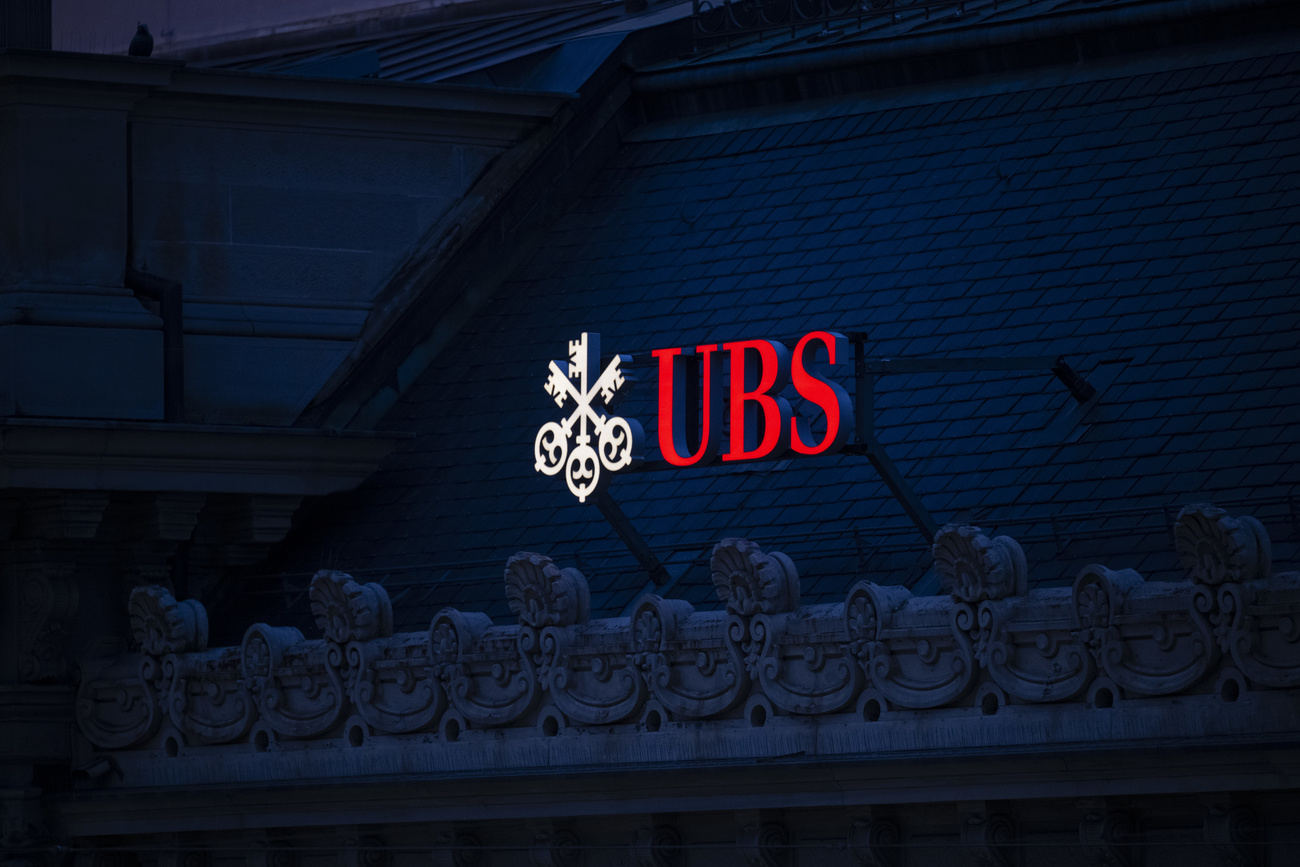Child labour threatens chocolate’s sweet image

Swiss chocolate might not be so sweet if a key ingredient, the cocoa bean, comes from plantations that profit from forced child labour, a watchdog group says.
The Swiss non-governmental organisation Berne Declaration has launched a campaign to encourage the country’s chocolate producers to do more to ensure the cocoa they buy comes from ethical sources.
On the cusp of the Easter season the group has released images of chocolate bunny rabbits crying blood, with the slogan, “child labour is put into Swiss chocolate”.
The Association of Swiss Chocolate Manufacturers, a cooperative of 18 industrial chocolate companies, says it is working to ensure Switzerland’s world-famous chocolate is produced under fair and ethical practices.
“We are aware of our social responsibilities as employers and are committed to a social partnership,” the association says.
But the Berne Declaration says the raw material supply chain is not transparent enough for consumers to know for certain that the chocolate they buy is not tainted by child labour. In a cocoa market cluttered by politics, war and cut-throat competition, it can be extremely difficult to pinpoint the conditions under which the beans were produced.
“We don’t want people to stop eating chocolate, but we need to make people aware that there is a problem in the industry and that producers need to be more transparent,” Andrea Hüsser, a consumer affairs specialist with the Berne Declaration, told swissinfo.
“They make good chocolate but we want it to be fair.”
Chocolate’s dark side
About 60 per cent of the worldwide cocoa production comes from West Africa, with the bulk of the beans harvested from plantations in Ivory Coast, a particularly problematic country for child labour abuses.
While no exact figures exist on how many children suffer under forced working conditions in the worldwide cocoa trade, labour groups and human rights activists estimate as many as 250 million children could be affected.
The matter first caught the public’s attention about nine years ago as media reports surfaced of forced child labour in West Africa. Officials from the United States-based International Labor Rights Forum investigated the issue.
“These child workers labour for long, punishing hours, using dangerous tools and facing frequent exposure to dangerous pesticides as they travel great distances in the gruelling heat,” a report states. “Those who labour as slaves must also suffer frequent beating and other cruel treatment.”
The motives for using forced child labour are largely economic. While cocoa prices have climbed from about $718 (SFr855) a ton in 2000 to as high as $2,600 a ton in recent years, cocoa producers in Ivory Coast are among the most heavily taxed group of growers worldwide.
Berne Declaration says farmers there keep just 35 cents of every dollar’s worth of beans sold. Producers in other regions can keep as much as 90 cents per dollar.
“The main problem is that prices aren’t high enough for farmers to survive,” Hüsser said. “They have to employ children or forced labour because they can’t pay anyone to work for them.”
Taking steps
While Hüsser said most of Switzerland’s industrial chocolate makers could not or would not divulge details on how they buy cocoa beans, at least one producer has taken steps to make sure its chocolate production is ethical and transparent.
Chocolats Halbas is one of Switzerland’s top five chocolate producers and makes the bars branded by Coop chain of stores.
Christoph Inauen, the company’s head of project management, said Chocolats Halbas started analysing environmental practices and potential for child labour abuse in cocoa-producing countries 18 months ago.
“After a while we realised the way we were purchasing was not really appropriate,” he told swissinfo. “We decided to do a new strategy and go directly to the source, to work directly with them so we can be certain there is no child labour in the production.”
The company is phasing out purchases from Ivory Coast altogether since the market there – torn by war, political instability and dominated by several very large producers – makes transparent purchases difficult.
Instead the company is focusing on Ghana and Central America, where the company guarantees to buy beans for prices that exceed production costs. They also provide help with diversifying crops and creating sustainable farms.
“This can be a farmer’s personal way out of poverty,” Inauen said. “It’s not just good business. We have a corporate social responsibility.”
swissinfo, Tim Neville
The Swiss consume 95,514 tons of chocolate a year, about 12.4kg per person.
More than 60% of Swiss chocolate produced gets exported.
Last year chocolate sales topped SFr1.81 billion ($1.51 billion)
After reports of child labour abuse in West Africa in the 1990s, two American legislators introduced a bill that sought to create a “No Child Slavery” label for products.
The bill was never made into law but it did lead to a voluntary, industry-wide protocol that chocolate producers signed in 2001. The “Cocoa Protocol” set out to eliminate “the worst forms of child labour” and forced labour from West African cocoa farms by July 2005. The industry failed to meet target goals in the protocol in time, so the deadline was extended to 2008 and then again to 2010.
The International Labor Rights Forum has criticised the protocol saying it does not address minimum age requirements for workers or ensure farmers fair prices for their beans at market.
Cocoa beans only grow in tropical climates, so how is it that a landlocked, alpine country became so famous for its chocolate?
The first chocolate came to Europe in the 1500s via Spanish conquistadores who made chocolate drinks flavoured with pepper. The beverage came to Zurich in 1697 but was banned for being a rumoured aphrodisiac. In 1792 the first chocolate shop opened in Switzerland, in Bern.
The Swiss made several breakthroughs in processing cocoa that turned chocolate into the dessert we know today. They invented mixers and the conche, a device that makes chocolate creamy instead of gritty. They added milk from cows fed on alpine grasses and were the first to fill chocolate with hazelnuts and other sweets.
The country’s numerous rivers also provided energy to power machines to mass-produce chocolate. And, since Switzerland sits at the junction of some of Europe’s major trade routes, producers could easily import ingredients and then sell bars of the sweet gold across Europe.

In compliance with the JTI standards
More: SWI swissinfo.ch certified by the Journalism Trust Initiative















You can find an overview of ongoing debates with our journalists here . Please join us!
If you want to start a conversation about a topic raised in this article or want to report factual errors, email us at english@swissinfo.ch.